
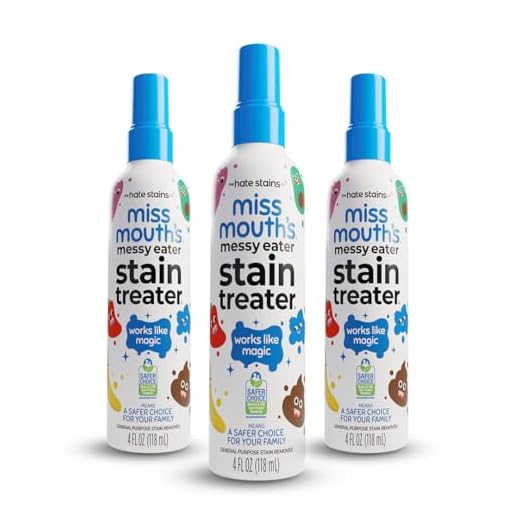



When it comes to removing stains, one of the most debated topics is whether to use hot or cold water. Many people have their own theories and preferences, but what really works best? In this ultimate guide, we will explore the pros and cons of using hot and cold water for stain removal, and provide you with the information you need to make an informed decision.
Hot Water: Using hot water for stain removal is often recommended because it can help to break down and dissolve stubborn stains more easily. The heat from the water can also help to open up the fibers of the fabric, allowing the cleaning agents to penetrate deeper and work more effectively. However, it’s important to note that hot water may not be suitable for all types of stains or fabrics, as it can cause certain dyes to bleed or fabrics to shrink.
Cold Water: On the other hand, cold water is often preferred for delicate fabrics or stains that are protein-based, such as blood or egg. Cold water can help to prevent the stain from setting, as heat can actually cause protein-based stains to coagulate and become more difficult to remove. Additionally, cold water is generally safer to use on colored fabrics, as it is less likely to cause fading or bleeding of dyes.
It’s important to note that the effectiveness of hot or cold water for stain removal can also depend on other factors, such as the type of stain, the fabric, and the cleaning agents used. In some cases, a combination of hot and cold water may be the best approach, while in others, using just one or the other may be sufficient. Ultimately, it’s best to follow the care instructions for your specific fabric and stain, and test a small, inconspicuous area before applying water or any cleaning agents.
Remember, proper stain removal techniques can vary depending on the specific circumstances. If you’re unsure or dealing with a particularly stubborn stain, it’s always a good idea to consult a professional cleaner for advice or assistance.
By understanding the benefits and limitations of hot and cold water for stain removal, you can make the most informed decision and ensure the best possible outcome for your clothes and fabrics. So next time you’re faced with a stain, consider whether hot or cold water is the most appropriate choice, and proceed with confidence knowing you have the ultimate guide to removing stains at your disposal.
The Importance of Water Temperature in Stain Removal
When it comes to removing stains, water temperature plays a crucial role in the effectiveness of the cleaning process. Whether you’re dealing with a simple spill or a stubborn stain, understanding the impact of water temperature can help you achieve better results.
Cold Water
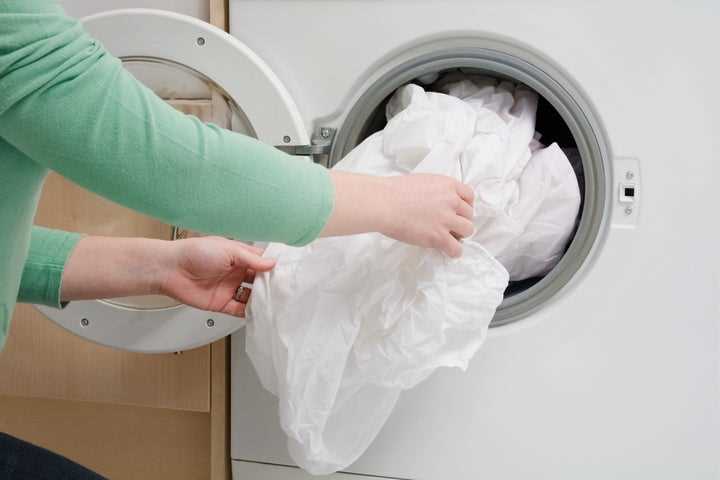
Cold water is commonly used for delicate fabrics and stains that are protein-based, such as blood, milk, or sweat. Using cold water helps prevent the proteins from setting into the fabric and making the stain harder to remove. It’s important to note that some stains, like oil or grease, may not be effectively removed with cold water alone.
- Cold water is suitable for delicate fabrics.
- It helps prevent protein-based stains from setting.
- Not effective for oil or grease stains.
Hot Water
Hot water is often used for stains that are oil-based or those that require a deeper clean. The heat helps to break down the oily substances, making them easier to remove. However, it’s important to check the fabric care instructions before using hot water, as some fabrics may shrink or get damaged in high temperatures.
- Hot water is effective for oil-based stains.
- It helps break down oily substances.
- Check fabric care instructions before using hot water.
Warm Water
Warm water is considered a safe bet for most stain removal tasks. It provides a balance between the benefits of hot and cold water. Warm water can help to loosen and dissolve the stain, making it easier to remove. It is generally safe to use warm water for a wide range of fabrics and stains.
- Warm water provides a balanced approach.
- It can help loosen and dissolve stains.
- Safe for most fabrics and stain types.
Conclusion
Water temperature is a critical factor in stain removal. Using the appropriate temperature can enhance the effectiveness of stain removal and prevent damage to fabrics. Remember to always check the fabric care instructions and consider the type of stain before deciding on the water temperature to use.
How to Choose the Right Water Temperature for Different Types of Stains
When it comes to removing stains, the water temperature you use can make a big difference in the effectiveness of your cleaning efforts. Different types of stains require different water temperatures in order to be successfully removed. Here’s a guide to help you choose the right water temperature for different types of stains:
Hot Water
- Grease or oil-based stains: Hot water is the best choice for removing grease or oil-based stains. The heat helps to break down the stain and make it easier to remove.
- Blood stains: Hot water can also be effective at removing blood stains. The heat helps to break down the proteins in the blood, making it easier to lift the stain.
- Wax or crayon stains: If you’re dealing with wax or crayon stains, hot water can help to melt the wax and make it easier to remove. However, be careful not to use water that is too hot, as this can cause the wax to spread and the stain to become larger.
Cold Water
- Fruit or juice stains: Cold water is the best choice for fruit or juice stains. Hot water can set these stains, making them more difficult to remove.
- Chocolate or coffee stains: Cold water is also recommended for chocolate or coffee stains. Hot water can cause these stains to set, making them more stubborn to remove.
- Ink stains: If you have an ink stain, cold water is your best bet. Hot water can cause the ink to set, making it harder to remove.
Warm Water
Warm water, typically around 40-50°C, can be a good choice for general stain removal where hot or cold water is not recommended. It is less likely to set a stain compared to hot water, but can still help to break down stains and lift them from fabric or surfaces.
Remember, it’s always a good idea to check the care label on your clothing or consult the manufacturer’s instructions before using hot or cold water on a stain. Some fabrics may be sensitive to certain temperatures and require special care.
The Benefits of Using Hot Water for Stain Removal

When it comes to effectively removing stains, hot water can be a powerful tool. Not only does it help to break down the stain molecules, but it can also provide several other benefits for stain removal.
1. Increased Solubility
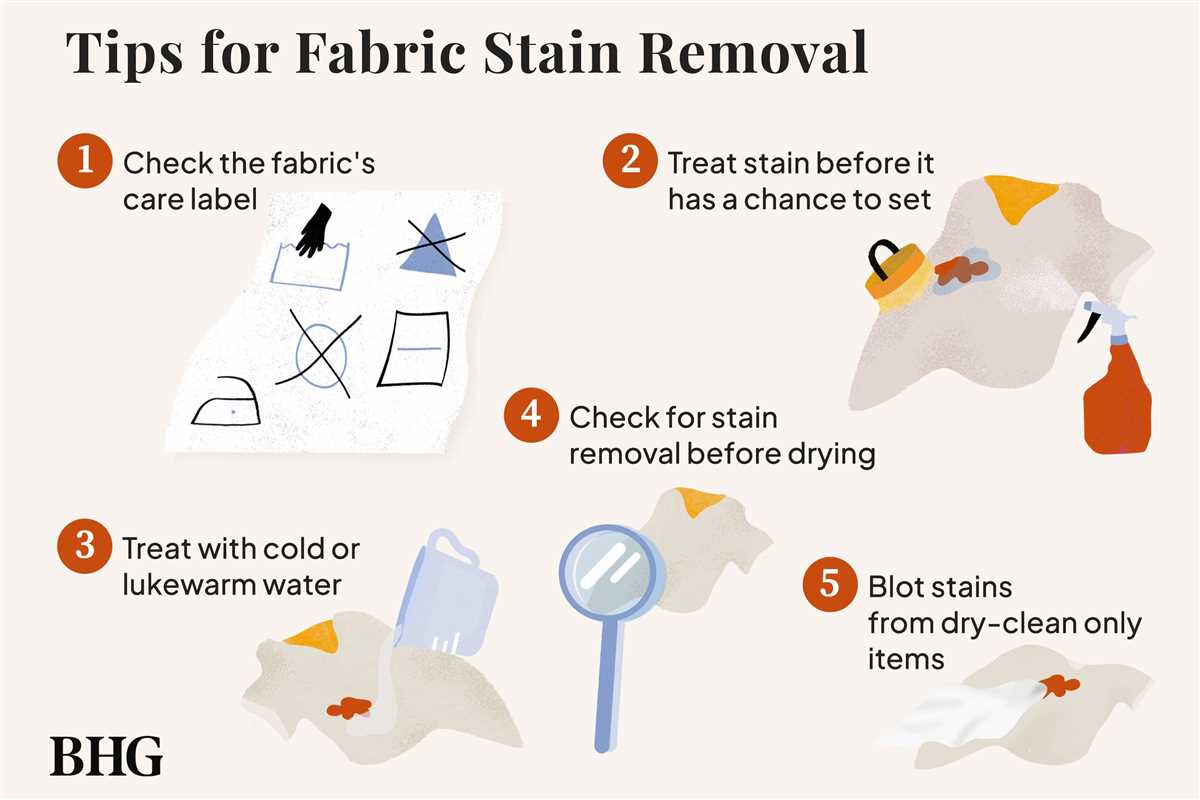
Hot water has higher solubility compared to cold water. This means that stains are more likely to dissolve and disperse in hot water, making them easier to remove. Whether you’re dealing with grease, oil, or food stains, hot water can help to dissolve and lift them away.
2. Enhanced Cleaning Power
The hot water temperature can enhance the effectiveness of cleaning agents or detergents you use. It can help these products to penetrate the stain deeper and break it apart, making it easier to remove. Combining hot water with a suitable cleaning agent can often result in more successful stain removal.
3. Sanitization
Hot water can also provide sanitization benefits when it comes to stain removal. The high temperature can help to kill bacteria, germs, and other microorganisms that might be present in the stained area. This is particularly useful when dealing with stains on fabrics or surfaces that require a high level of cleanliness.
4. Versatility
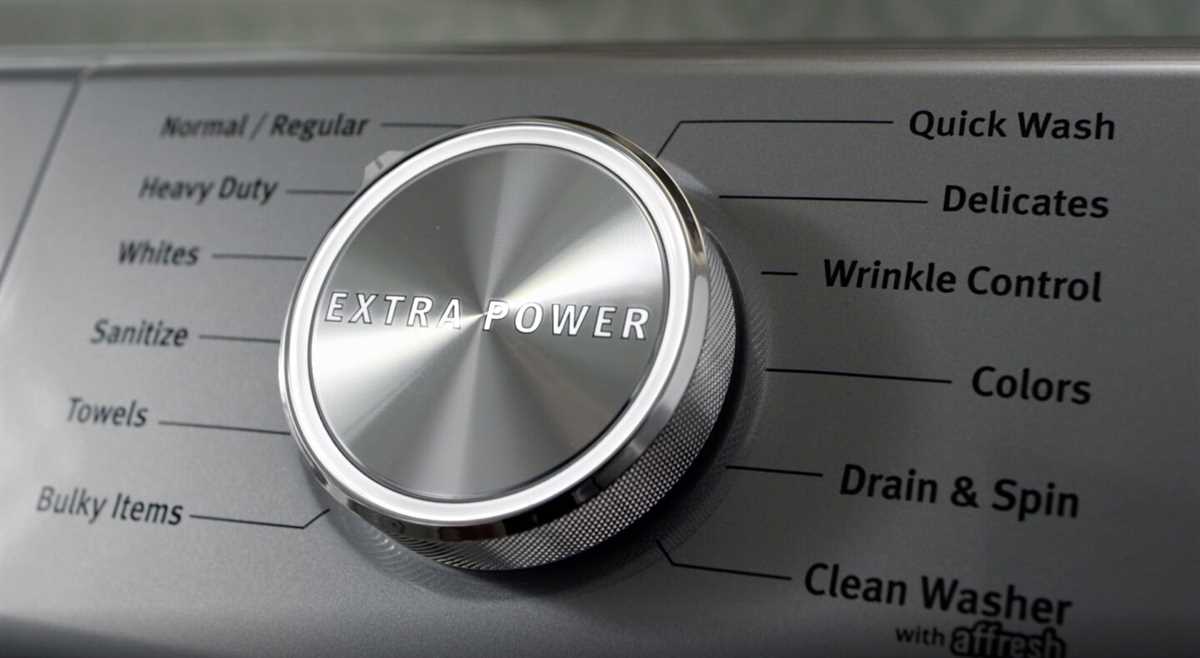
Hot water can be used for a wide range of stain removal purposes. From clothing and carpets to kitchen counters and bathroom tiles, hot water can be applied in various cleaning methods. Whether you choose to soak, scrub, or wash, hot water can help to tackle different types of stains effectively.
5. Time Efficiency
In many cases, using hot water can speed up the stain removal process. The higher temperature can accelerate the action of the cleaning agents and aid in the breakdown of stains, reducing the time needed for effective stain removal. This can be particularly beneficial when dealing with stubborn or set-in stains.
In conclusion, hot water offers several benefits when it comes to stain removal. From increased solubility to enhanced cleaning power and sanitization, hot water can help to tackle stains effectively and efficiently. So, the next time you’re faced with a stubborn stain, consider the power of hot water in your stain removal arsenal.
The Benefits of Using Cold Water for Stain Removal

Cold water is often overlooked when it comes to stain removal, but it can actually be highly effective in certain situations. While hot water is generally favored for removing stains, cold water has its own set of benefits that can make it a great choice for tackling stubborn spots.
1. Preserves Color
One of the biggest advantages of using cold water for stain removal is that it helps to preserve the color of the stained item. Hot water can sometimes cause dyes to bleed or fade, especially on delicate fabrics. Cold water, on the other hand, is much gentler and less likely to cause any color damage.
2. Safer for Delicate Fabrics

Cold water is also the safer option for delicate fabrics that may be damaged by hot water. Fabrics like silk, wool, and satin are more sensitive to heat and can shrink or become misshapen if exposed to high temperatures. Using cold water ensures that these fabrics remain in good condition while effectively removing stains.
3. Reduces the Risk of Setting Stains
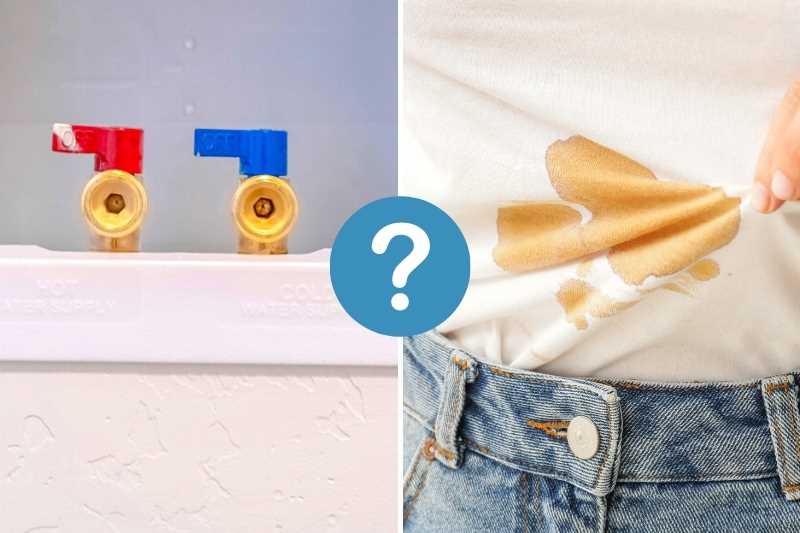
In some cases, using hot water can actually set a stain and make it more difficult to remove. Cold water, on the other hand, helps to prevent this from happening. By using cold water from the start, you reduce the risk of the stain setting and make it easier to completely eliminate.
4. Energy Efficiency
Using cold water for stain removal is also more energy-efficient. Heating water requires energy, and using hot water for multiple stain removals can increase your energy consumption. By using cold water, you can significantly reduce your environmental impact and save on energy costs.
5. Versatility
Cold water can be used for a wide range of stains, including food, drink, oil, and dirt. While hot water may be more effective for some stains, cold water is versatile enough to handle most everyday stains. It’s a convenient option that can be used in various situations without the need for additional steps or temperature adjustments.
Tips and Tricks for Effective Stain Removal with Water
1. Act Fast

When dealing with a stain, it’s important to act quickly. The longer a stain sits, the harder it is to remove. As soon as you notice a stain, grab a cloth or sponge and start the stain removal process.
2. Blot, Don’t Rub
When applying water to a stain, remember to blot rather than rub. Rubbing can cause the stain to spread and embed deeper into the fabric. Blotting helps to lift the stain, preventing it from setting further.
3. Use Cold Water for Protein-Based Stains
For protein-based stains like blood, sweat, or food stains, it’s best to use cold water. Cold water helps to break down the protein structure, making it easier to remove the stain. Begin by rinsing the stain with cold water, then treat it with a stain remover or detergent before washing.
4. Try Warm Water for Grease and Oil Stains
When dealing with greasy or oily stains, warm water can be more effective. Warm water helps to loosen the oil, making it easier to remove. First, blot the stain to remove any excess oil, then rinse with warm water. Apply a stain remover or dish soap directly to the stain before washing.
5. Pre-Treat with Water and Stain Remover
For tough stains, pre-treating with water and a stain remover can be highly effective. Wet the stain with water, then apply a small amount of stain remover directly to the affected area. Allow it to sit for a few minutes before laundering as usual.
6. Multiple Rounds of Water and Blotting
If a stain persists after the initial water treatment, repeat the process. Apply more water to the stain, blotting gently with a clean cloth or sponge. This can help to gradually remove the stain without causing damage to the fabric.
7. Avoid Hot Water for Set-In Stains
If a stain has already set into the fabric, hot water can actually make it more difficult to remove. Hot water can cause the stain to further penetrate the fibers, making it almost impossible to remove. Stick to cold or warm water for set-in stains.
8. Consider Water Temperature for Specific Fabrics
When working with delicate fabrics like silk or wool, it’s important to consider the appropriate water temperature. Cold water is generally safe for most fabrics, while warm water can be used for sturdier materials. Always check the care label and follow the manufacturer’s instructions for best results.
9. Use Table Salt or Baking Soda for Wine Stains
If you spill wine on a fabric, quickly blot the excess liquid with a clean cloth. Then, sprinkle table salt or baking soda on the stain to help absorb the remaining wine. After a few minutes, rinse with cold water and treat with a stain remover if necessary.
10. Test on a Hidden Area
Before treating a stain with water, always test the method on a hidden area of the fabric. This will ensure that the water treatment does not cause any damage or discoloration to the fabric.
With these tips and tricks, you’ll be able to effectively remove a wide range of stains using water-based methods.
FAQ
Which works better for removing stains, hot or cold water?
Hot water is generally more effective for removing stains as it helps to break down the molecules in the stain and loosen it from the fabric.
Can hot water damage certain types of fabrics?
Yes, hot water can damage delicate fabrics such as silk or wool. It is best to check the care instructions on the garment before using hot water to remove stains.
Are there any specific stains that cold water is better at removing?
Cold water is usually more effective at removing stains caused by blood or red wine as hot water can actually set these stains and make them harder to remove.
Does using hot water require any additional steps when removing stains?
When using hot water to remove stains, it is recommended to pre-treat the stain with a stain remover or detergent before laundering the garment as usual.
Is there a specific temperature of water that is ideal for removing stains?
For most stains, using warm water (approximately 40-50°C) is ideal as it helps to break down the stain without causing damage to the fabric. However, it is important to always check the care instructions on the garment before selecting a water temperature.
Which is better for removing stains, hot water or cold water?
It depends on the type of stain. Hot water is usually more effective for removing greasy or oily stains, while cold water is better for removing blood or wine stains.
Can I use hot water to remove chocolate stains?
No, hot water should never be used to remove chocolate stains. Hot water can actually set the stain and make it more difficult to remove. Instead, you should use cold water and gently blot the stain until it is gone.














